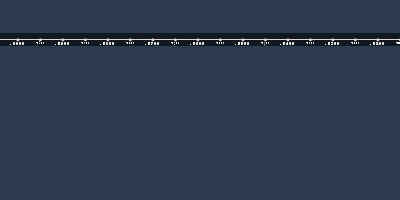Ubaid Period (Settled Villages/Irrigation/Pottery) (jan 1, 5500 BC – dec 31, 4000 BC)
Description:
The Ubaid Period is divided into several phases, styles, or periods. Here is an overview of the phases:Ubaid 0 (alternatively: the Oueili style; c. 6500 BCE to c. 5400 BCE): This phase marks the earliest known period of the Ubaid culture, characterized by distinctive pottery and the development of identifiable villages in southern Mesopotamia.
Ubaid 1 (Eridu phase; c. 5400 BCE to c. 4700 BCE): This phase is limited to the extreme south of Iraq, near the shores of the Persian Gulf. It is associated with the pioneering of grain cultivation in arid conditions.
Ubaid 2 (c. 4800 BCE to c. 4500 BCE): This phase shows continued development and expansion of the Ubaid culture.
Ubaid 3 (c. 5300 BCE to c. 4700 BCE): Ceramics from this phase have been discovered at the type site of Tell al-'Ubaid. The dating of these ceramics varies depending on the archaeological sites, but recent studies have tended to narrow this period somewhat.
Ubaid 4 (c. 4700 BCE to c. 4200 BCE): This phase represents a continuation of the Ubaid culture, with further developments in pottery and settlement patterns.
Ubaid 5 (c. 4200 BCE to c. 3800 BCE): This phase marks the later stage of the Ubaid Period, leading up to the transition to the Late Chalcolithic period.
The Ubaid Period was a significant period of cultural development in Mesopotamia, characterized by the emergence of settled villages, the use of irrigation for agriculture, and the development of distinctive pottery styles.
Added to timeline:
Date:
jan 1, 5500 BC
dec 31, 4000 BC
~ 1499 years
